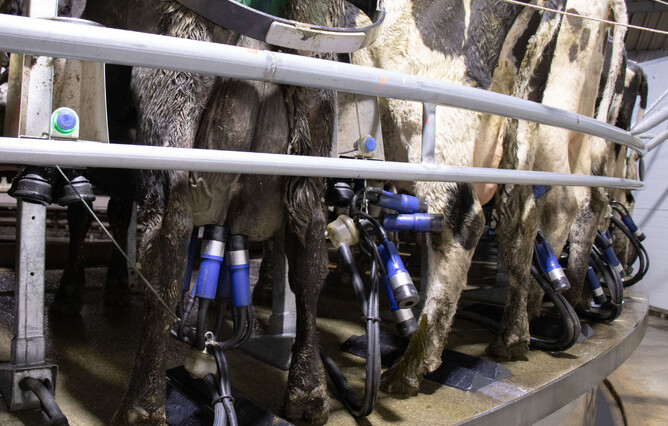Let's take a look at CIDR programme timing compared to the planned start of mating, and the resultant return on investment due to more days in milk the following season.
As with every CIDR programme, there will be different details and therefore results for every farm. However, using basic numbers we can still review general trends in the return on investment for our 10-day non-cycler CIDR programme.
The data shows:
Inserting CIDRs 9 days before planned start of mating (PSM) gives a return on investment (ROI) of 197%.
Inserting CIDRs 7 days into mating gives a ROI of 71%.
Inserting CIDRs 21 days into mating just breaks even, with a ROI of 0%.
Interestingly, there is an increase again in the ROI between days 24-26 due to maximising the total number of pregnant cows in the herd and reducing wastage due to empty cows.
The ideal timing for intervening with non-cyclers is treating them with CIDR’s 9 days before PSM. This will give treated cows who conceive an average of 16 days longer in-milk the following season, compared to no treatment. Plus it can increase in-calf rates by 7%. The ROI reduces rapidly after this, as the extra days in milk decrease. The AB calf numbers also drop.
Cows that have not cycled prior to PSM have reduced fertility due to lack of natural progesterone priming on the follicle, which leads to only a 30% conception rate on their first heat. Whereas cows in a CIDR programme are given progesterone priming, which increases the average conception rate to 50% on the first heat. Influencing this first heat to occur earlier also means cows who don't conceive straight away will have their second heat during the AB mating period, and this has a higher conception rate of 60%.
We find that many farmers want to wait to begin treating non-cyclers due to concerns with how fast the herd calves at the beginning of calving and whether there will be enough feed for them all during the transition period. One option is to pick out a set number of your best, youngest cows in your non-cycling group (those who you would be gutted to lose from your herd), and treat this smaller selection at PSM. Then you then still have a choice to treat more non-cyclers later.
However, as the numbers show, if you are doing it for good business sense and greater ROI – earlier intervention is better!

